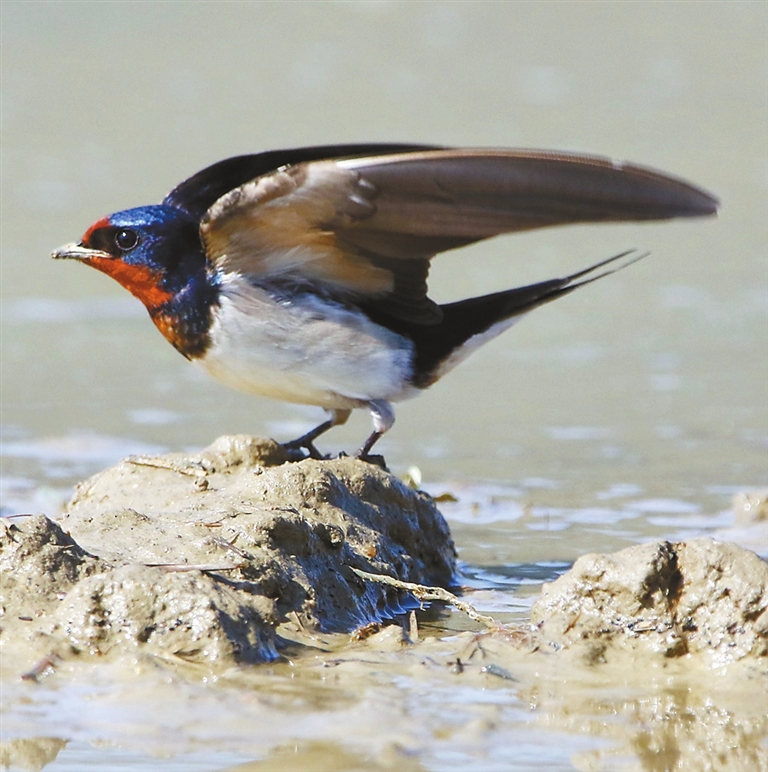
IT’S springtime, the perfect season for newborns to hatch. The speedy barn swallow (Hirundo rustica) certainly knows it. Approximately 18 cm in length, this small bird is ubiquitous and abundant throughout the entire planet, delighting us with their beauty in the Americas, Africa, Europe, Australia and of course, Asia. This fantastic bird possesses an amazing bright blue plumage on the back of its body, decorated with a fabulous reddish plumage on its forehead and about its throat. Its wings are black and the underparts are of a delightful light yellowish color. During the course of their lives, barn swallows may show different coloration patterns. One of the most beautiful physical characteristics of the barn swallows, aside from its colors, is their amazing forked tail, a telltale characteristic that differentiates males from females. Females often have shorter tails. Barn swallows spend a lot of time flying, at incredible speeds. They perform really fast turns, making it difficult to follow and almost impossible to photograph them. However, when they find a spot to rest, eat or drink water, they tend to visit it repeatedly for a relatively long period. Not afraid of being close to people, barn swallows build their nests near human settlements. It is nice to see how local residents have learned to live in harmony with the swallows as their neighbors. Barn swallows can lay up to six eggs per clutch and the female alone is in charge of incubation for a period of around two weeks. The dads will give a hand feeding the newborns. Although barn swallows have adapted well to human behavior and settlements, human activities can still be their biggest threat. While living near human settlements, the bird can suffer from such common hazards as pesticides, trash, consumption of small plastic elements and other harmful materials, or crashing into windows and walls. It’s important to reduce these threats as much as possible, so that we can enjoy their presence for years to come. 2022.03.12 A barn swallow is seen in the coastal area in Dapeng. | 
